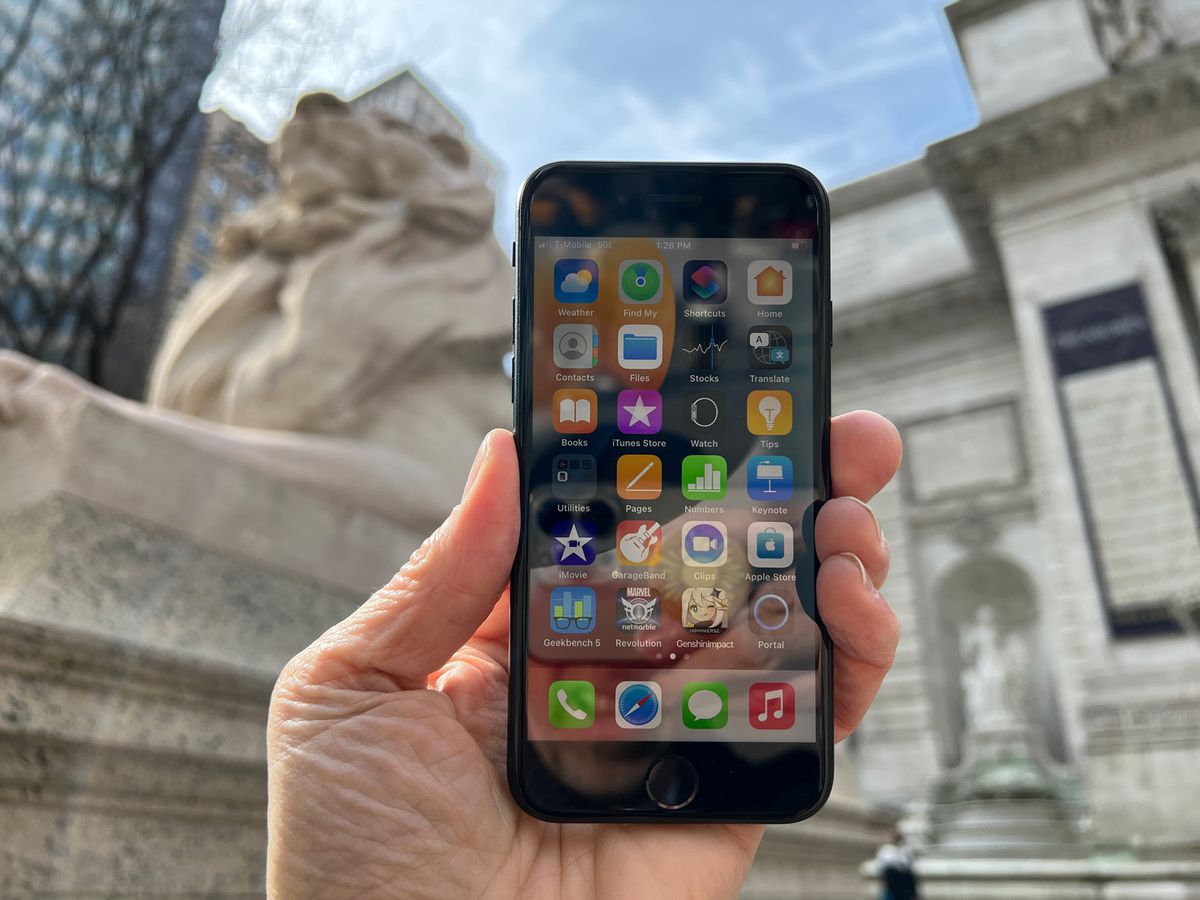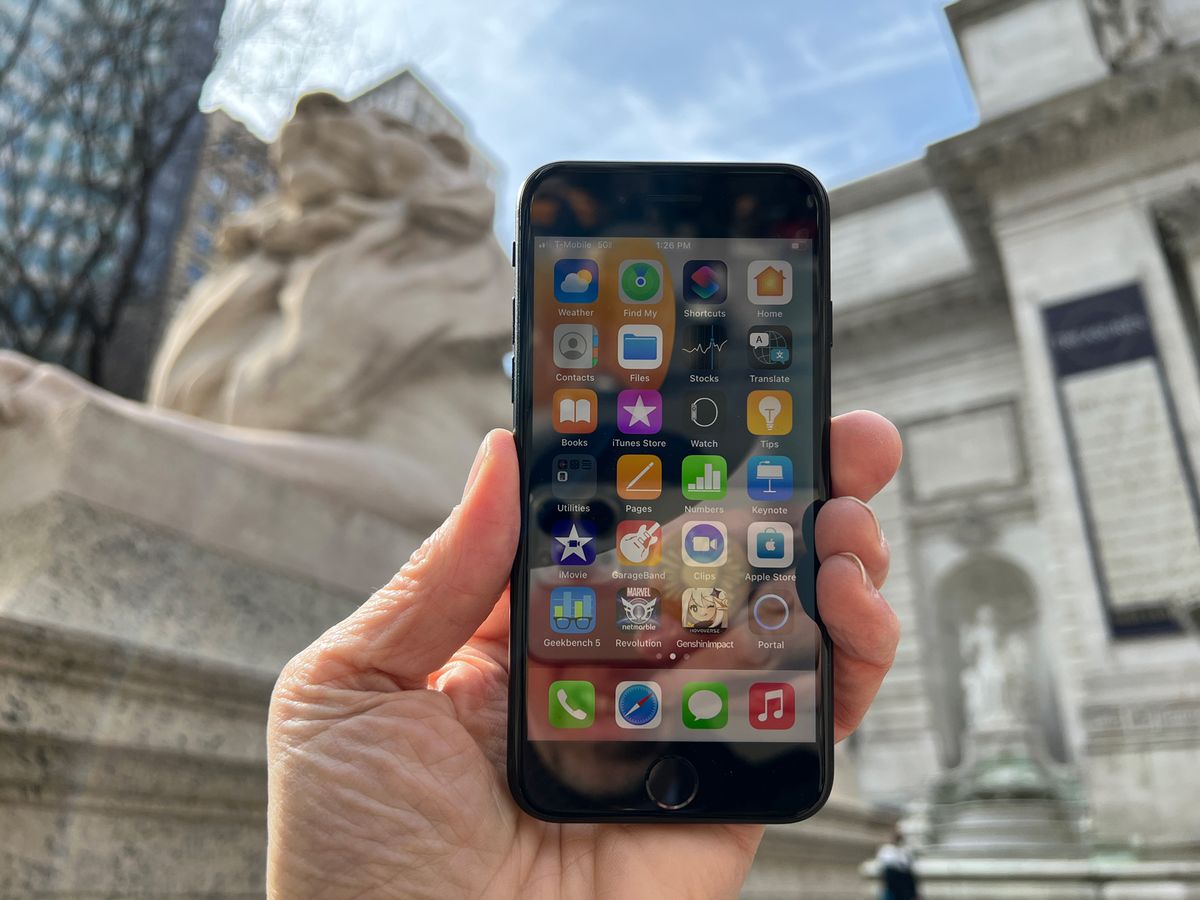
Apple‘s Touch ID has had a good run, but when the iPhone SE switches to what most people think will be an OLED display with Face ID it will mark the end of the line for the more than decade-old technology.
This last vestige of not only Apple’s circular fingerprint reader but of the iPhone’s once-iconic home button has nowhere to go, no place to hide. No other piece of Apple hardware, mobile or otherwise, uses it. When that iPhone SE redesign comes (likely not, though, as part of the iPhone 16 Apple Event), the Apple Home button and Touch ID will begin a slow fade into memory, and then be buried with all the other long-forgotten classic technology.
When I posted one of our stories about the rumored changes coming to the next iPhone SE, one former colleague claimed they couldn’t live without Touch ID. I assured them they would survive, but I understood the devotion.
When Apple introduced Touch ID on the iPhone 5s in 2013, I lauded it in my review: “Overall, Touch ID feels easy and secure. And speaking of security, your fingerprints are not stored with Apple; instead they’re locally encrypted at a hardware level. It’s a smart move, and I applaud Apple for getting this right out of the gate.”
Touch ID was such a big and comparatively new idea that it sparked unusual ideas and use cases. As technology reporters, we found ourselves answering questions like “Can a severed finger access a stolen iPhone 5s?“
Turns out the answer is no. The RF capacitor sensor technology would only work with a live finger. You might surmise that in addition to verifying those tiny ridges, it could pick up the blood flow or pulse underneath the skin.
Oh, but it gets better. Since most people didn’t have mobile fingerprint readers in their pockets, the arrival of Touch ID inspired people to try using the sensor with other body parts. No, not those body parts (as far as I know). There was, though, a man in Japan who figured out how to register his nipple on and then use it to unlock his iPhone 5s. Why? Your guess is as good as mine.
Letting go
Touch ID eventually became as commonplace as, well, iPhones, and we didn’t start to consider the loss of this effective, tactile, biometric security feature until the arrival of Apple’s iPhone X and Face ID in 2017.
As is typical of Apple, changes flow through Apple product lines in an evolutionary fashion on both iPhones and iPads (the iPod Touch died with its Touch ID-free home button intact). But, as was the case with the transition from 30-pin charge ports to Lightning and now to USB-C, changes eventually visit all Apple products and classes.
Anyone who thought the iPhone SE would somehow escape the update, slipping through innovation’s hands like a greased banana, was fooling themselves. Change is inevitable in all things, and a requirement for technology.
And yet, I still feel a twinge of sadness at the impending end of what was once a symbol of all iPhone technology. The home button, which originally featured a small printed square in the middle, was recognizable from a distance. It became slightly less so with Touch ID, which eventually traded movement for haptic response and the square for sparkling glass, latterly with a metal ring surrounding the Touch ID circle.
Perhaps we wouldn’t have fallen in love with the iPhone and this little button if Apple hadn’t done such a good job of creating it. As I wrote back in 2013, “Placing the fingerprint reader under the home button is a brilliant idea – even more so because the execution is nearly flawless.”
So we have only Apple to thank and to blame for our devotion to this disappearing invention. Face ID is probably smarter, faster, and more secure, but we’ll never forget the home button and Touch ID, and we may miss them long after the next iPhone SE arrives.
You might also like
Services Marketplace – Listings, Bookings & Reviews
